In the mysterious, shadowy corners of our Earth, big cats roam with an air of unmatched grace and power. From the majestic lions of the African savannas to the elusive snow leopards of the Himalayas, these impressive creatures inspire awe and wonder. Yet, understanding their lives, habits, and movements is crucial for their conservation. Tracking and studying big cats not only satiates our curiosity but also helps protect these species and their ecosystems. This article sheds light on the fascinating world of big cat research in the wild.
Historical Perspective
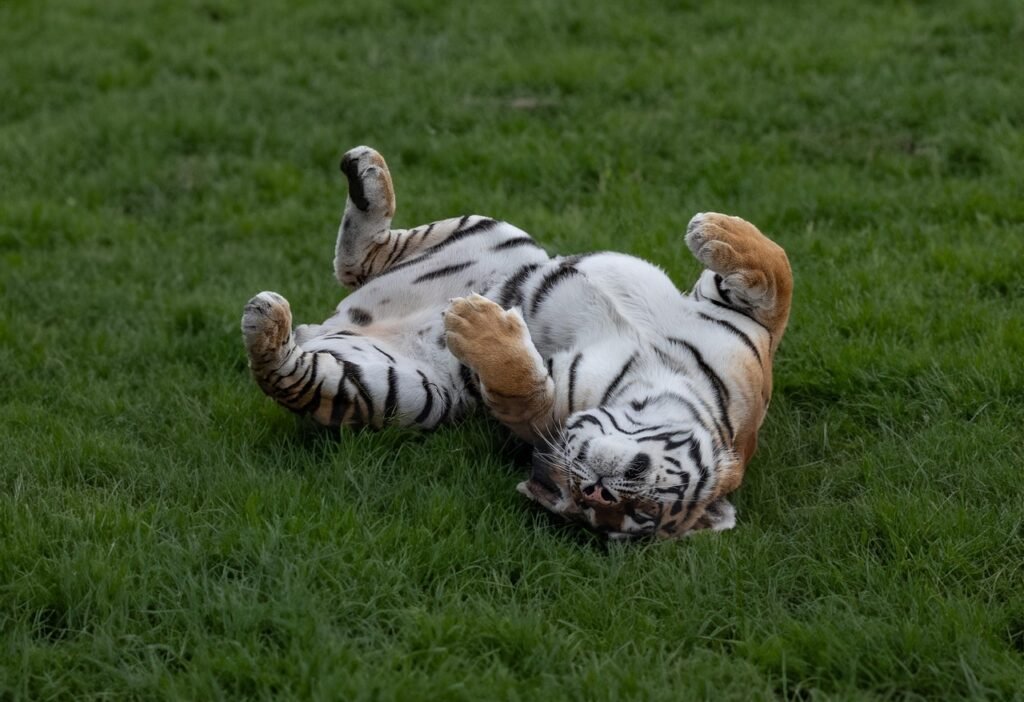
Long before technology entered the scene, early naturalists relied on direct observation, creating hand-drawn sketches and compiling meticulous notes on big cats. These initial efforts laid the groundwork for our understanding of these animals, but they were limited by the technology of their time. As the field of wildlife biology evolved, so did the methods for studying these enigmatic creatures.
Radio Telemetry: A Game Changer
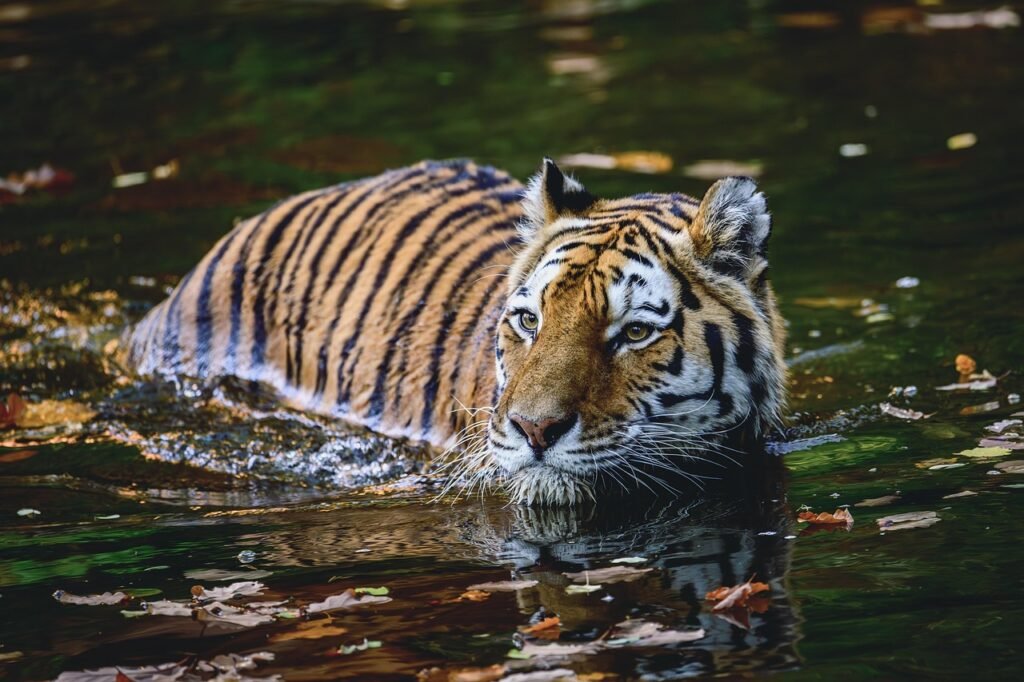
The advent of radio telemetry revolutionized wildlife tracking in the mid-20th century. Researchers attach a collar equipped with a radio transmitter to a big cat, enabling them to track its movements across vast distances using radio signals. This technology provided unprecedented insights into the daily lives and ranges of these animals, offering data crucial for conservation efforts.
GPS Tracking: A Modern Marvel
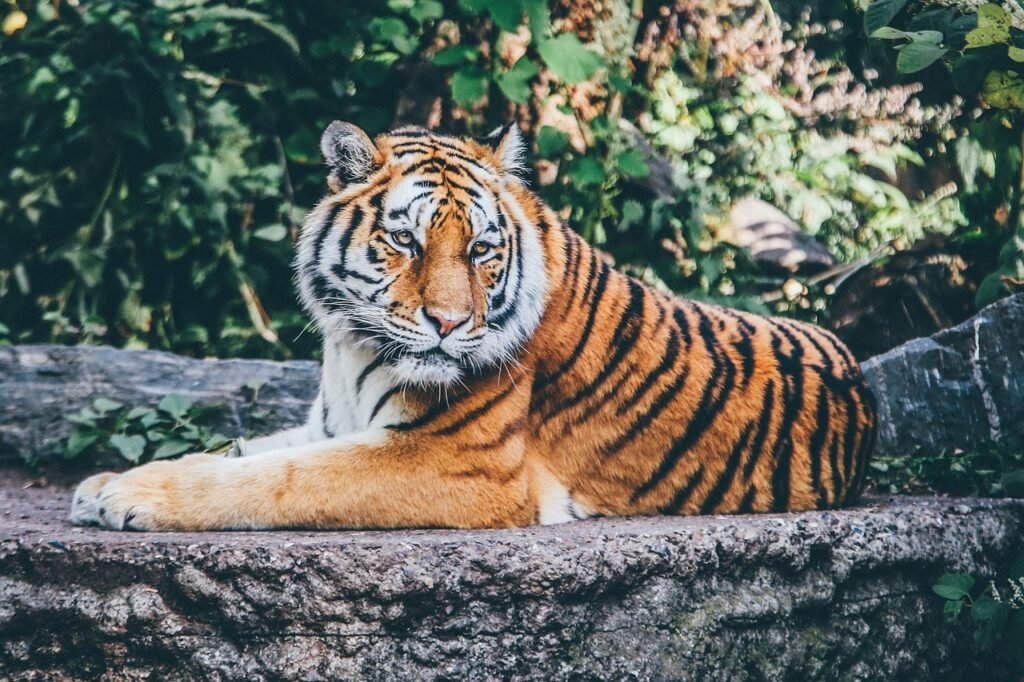
Building upon radio telemetry, GPS tracking introduced a new era of precision in the study of big cats. GPS collars collect location data at regular intervals, which researchers can download via satellite uplink. This real-time location tracking allows for detailed mapping of individual animals’ territory use, hunting patterns, and migration routes, empowering scientists to develop more targeted conservation strategies
Camera Traps: Visual Insights
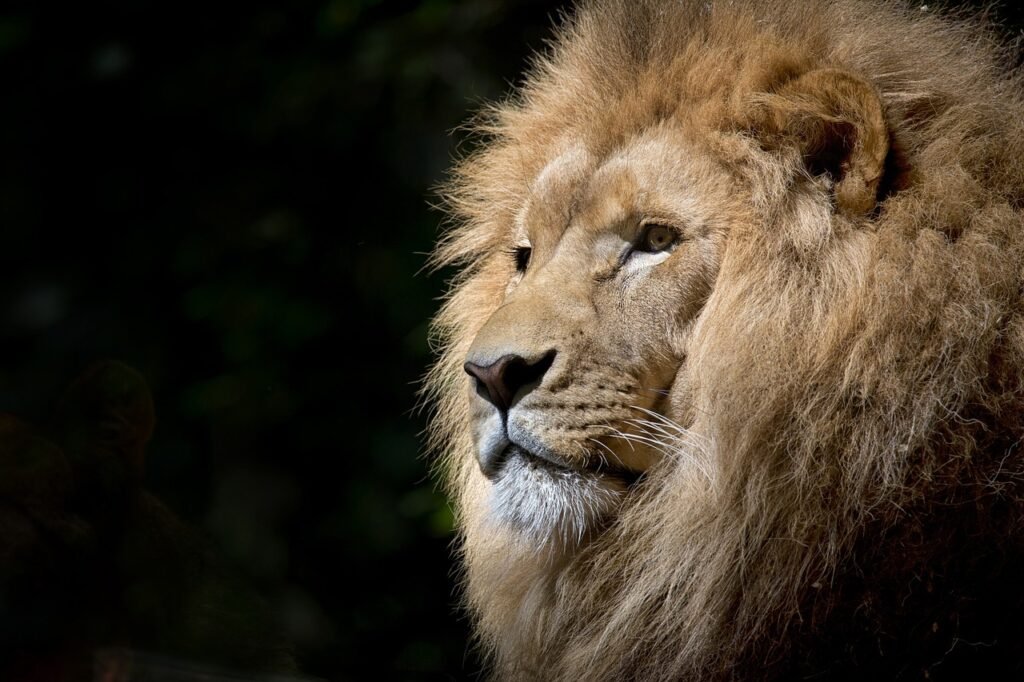
Camera traps, strategically placed in big cat habitats, capture images and videos triggered by movement. These devices offer a non-invasive method to estimate population sizes, study behavior, and even observe rare interactions with prey and other predators. Camera traps have unveiled hidden facets of big cat life, such as nocturnal behaviors that would otherwise go unnoticed.
Genetic Analysis: The DNA Trail
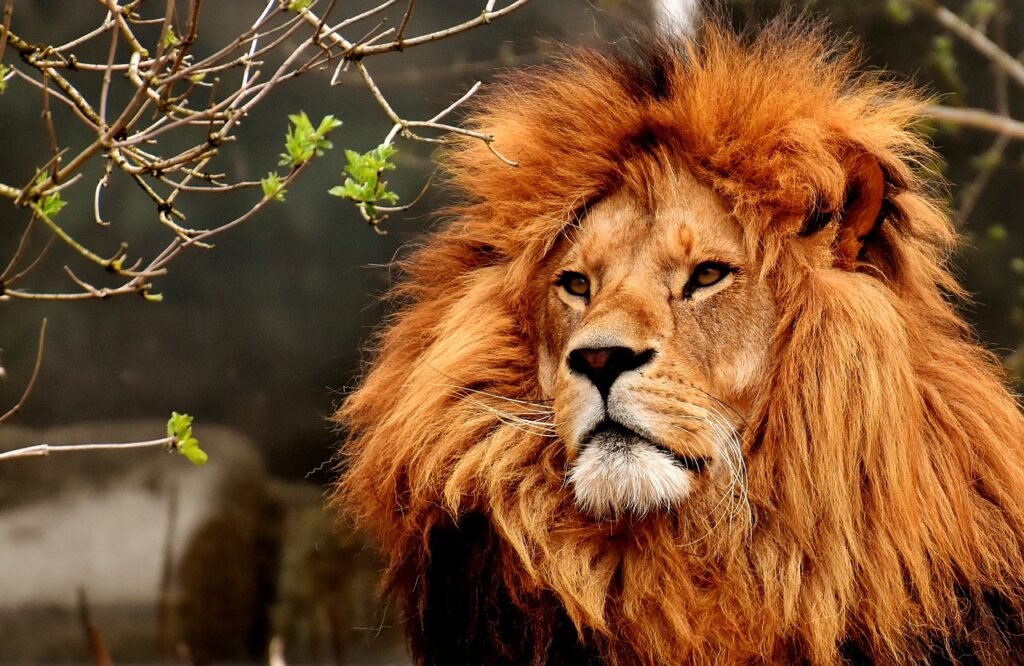
Genetic studies add another layer of understanding to big cat research by analyzing DNA from scat, hair, or tissue samples. These analyses reveal insights into population genetics, genetic diversity, and kinship patterns, which are essential for crafting effective conservation strategies. For species on the brink of extinction, genetic analysis helps identify populations that are genetically viable or susceptible to inbreeding.
Satellite Imaging: Eyes from the Sky
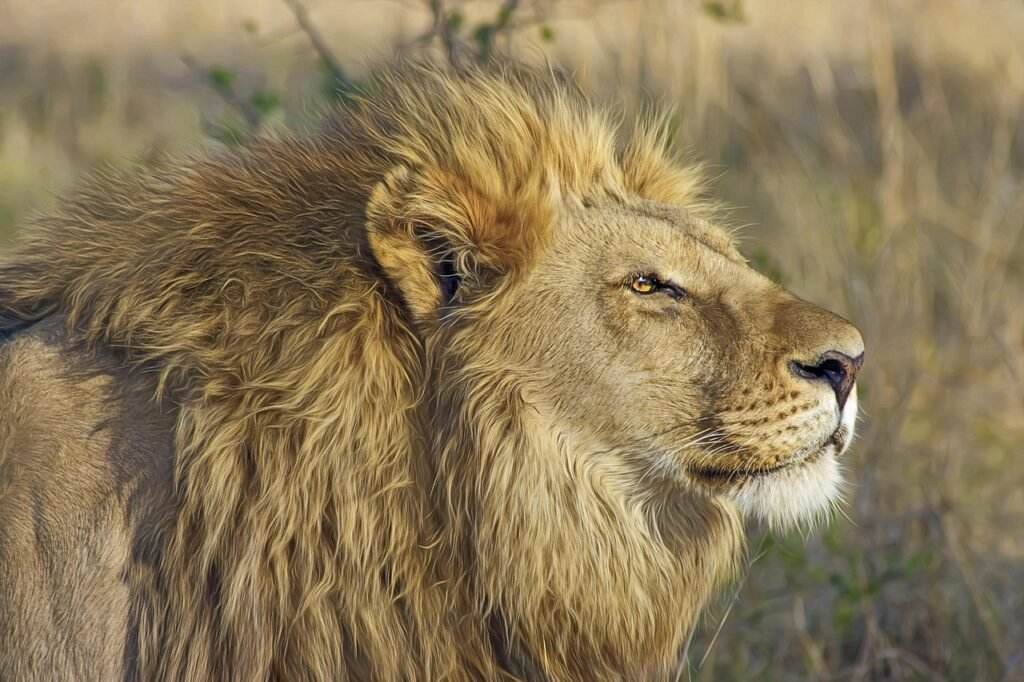
Satellite imagery has emerged as a powerful tool in tracking environmental changes and mapping wildlife habitats. By correlating satellite data with GPS tracking, researchers can assess the impact of habitat loss, climate change, and human activity on big cat populations. This has proved invaluable in identifying critical habitats that require urgent protection.
Behavioral Studies: Behind the Whiskers
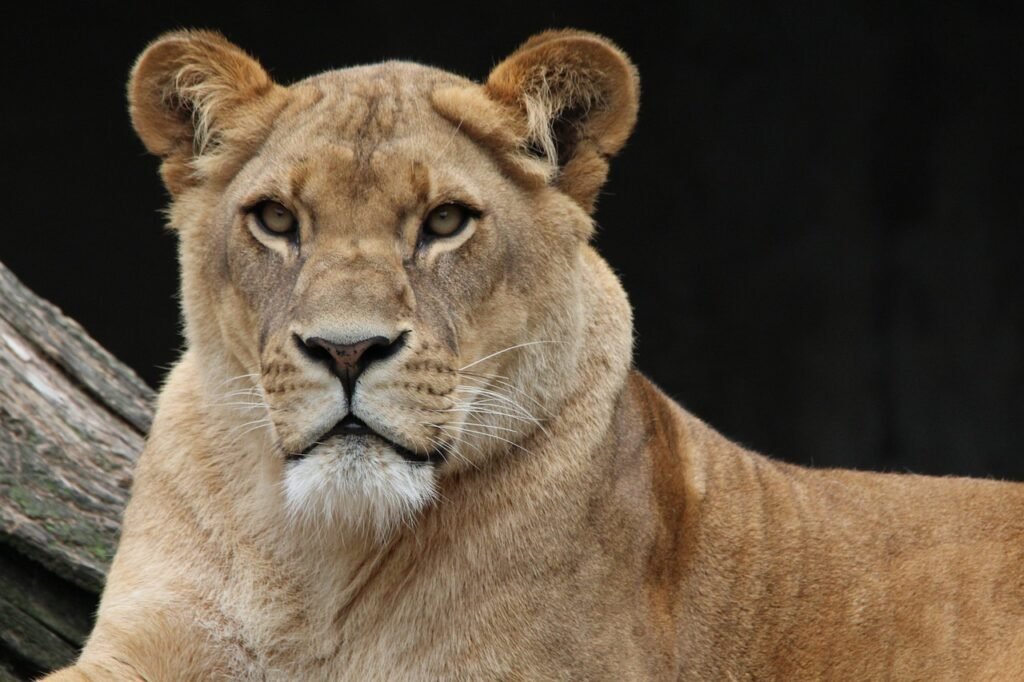
Understanding big cat behavior is key to predicting their reactions to environmental changes and human interactions. Researchers conduct behavioral studies by analyzing data from GPS collars and camera traps to assess feeding habits, social interactions, and mating behaviors. These insights help in crafting effective wildlife management policies that minimize human-wildlife conflict.
Community Involvement: Guardians of the Wild
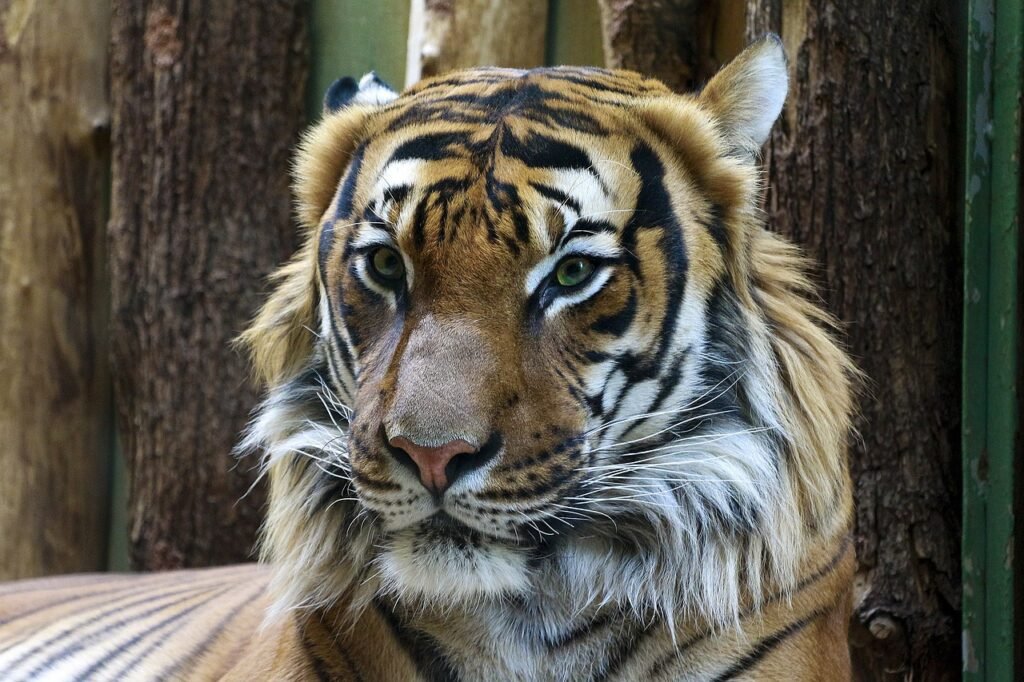
Conservation efforts are most successful when local communities are involved as stewards of their natural heritage. Educating and involving local populations in tracking and conservation efforts not only empowers them but also ensures that the cats and their habitats are protected by those who live closest to them. Community-based initiatives foster coexistence and encourage sustainable practices that benefit both humans and wildlife.
Conclusion: Charting the Future for Big Cats
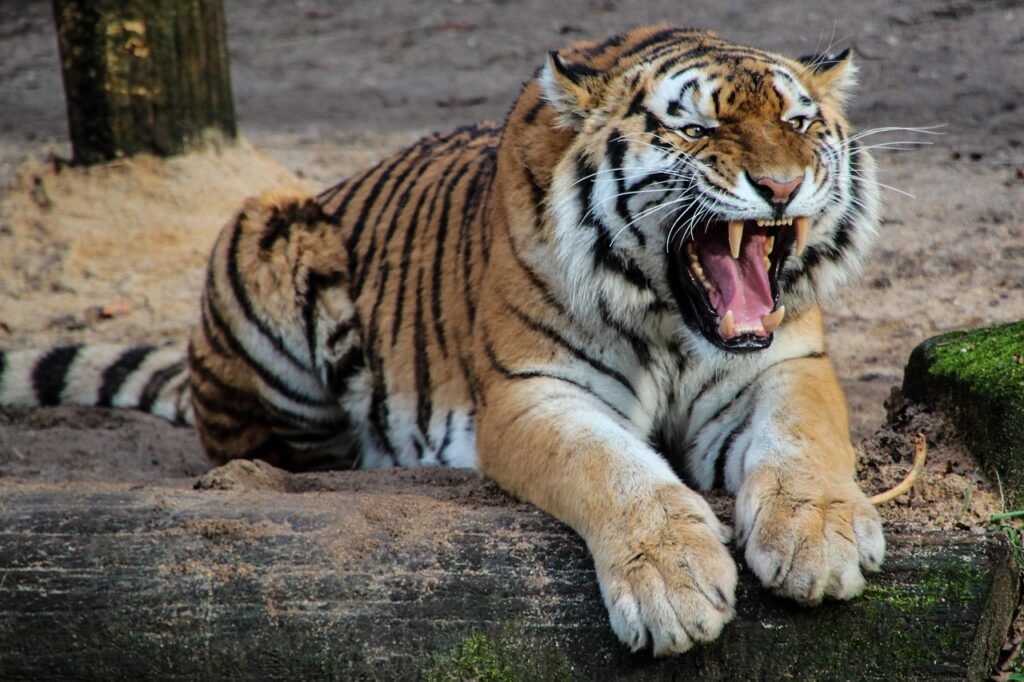
The continued survival of big cats in the wild hinges on our ability to understand and protect them. Advancements in technology have dramatically enhanced our capacity to track, study, and conserve these magnificent creatures. By merging cutting-edge science with grassroots conservation efforts, we are better equipped than ever to ensure that future generations can marvel at the untamed majesty of big cats in their natural habitats. Let us continue to chart the future with empathy and insight, safeguarding the wild for both its ancient residents and those yet to come.
Hi, I’m Bola, a passionate writer and creative strategist with a knack for crafting compelling content that educates, inspires, and connects. Over the years, I’ve honed my skills across various writing fields, including content creation, copywriting, online course development, and video scriptwriting.
When I’m not at my desk, you’ll find me exploring new ideas, reading books, or brainstorming creative ways to solve challenges. I believe that words have the power to transform, and I’m here to help you leverage that power for success.
Thanks for stopping by, Keep coming to this website to checkout new articles form me. You’d always love it!






